
Become a member
Join today and help protect nature, beauty and history – for everyone, for ever. Enjoy access to more than 500 places with National Trust membership.
Take a walk on the wild side and enjoy the rugged moorland landscape.
Marsden Moor Office and Information Room, The Old Goods Yard, Station Road, Marsden, West Yorkshire, HD7 6DH
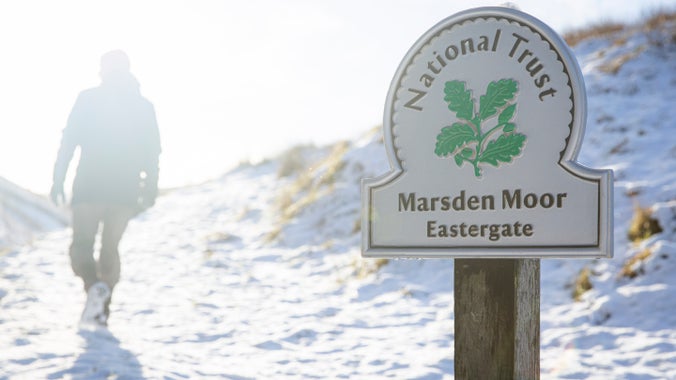
| Asset | Opening time |
|---|---|
| Countryside | Dawn - Dusk |
Free parking at Buckstones Car Park - A640 (junction with B6114). Haigh Gutter – A640 (at Pennine Way crossing). Wessenden Head Layby – A635 (Greenfield to Holmfirth Road). Various laybys on the A640, A62 and A635. Car park at The Old Goods Yard, Station Road, Marsden, HD7 6DH (suitable for coaches) free for the first two hours and then fees payable Mon-Sat.
Keep your dog under close control, preferably on a lead, at all times. Dogs must be on a short 2m lead during nesting season 1 March - 31 July. Don’t let your dog chase wildlife or grazing animals.
The general topography of the landscape and conditions of the footpaths (which can be muddy) mean the moorland is not considered suitable for people with limited mobility. There are no designated accessible spaces at Buckstones car park but the surface is tarmacked and level. The other car parks and laybys are relatively level with a top layer of loose gravel. There's level access (no obstructions) to the Information Room, next to Marsden NT office.
Marsden Moor Office and Information Room, The Old Goods Yard, Station Road, Marsden, West Yorkshire, HD7 6DH
Marsden Moor is a one pawprint rated place. Find out where you can walk your dog and the guidance to follow at different times of the year when walking near livestock and nesting birds.

Experience a uniquely rugged moorland landscape of more than 5,000 acres, steeped in history. A Site of Special Scientific Interest, home to a variety of wildlife.
Guided walks around Marsden Moor with experienced and knowledgeable volunteers. Learn more about this special place and get close to nature.
A host of animals, from birds and beetles to hares, deer and reptiles, call Marsden Moor home. See what you can observe from a number of viewing points.
Explore the many walking trails on Marsden Moor, try Nordic walking for fitness, or join a guided walk to learn about the landscape with a National Trust volunteer.
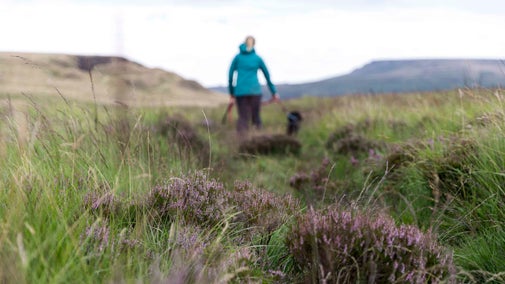
Marsden Moor is truly the great outdoors for kids of all ages. You can download an easy walking trail or pick up a map at the offices by Marsden Station
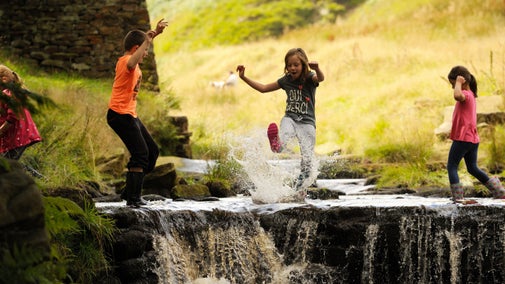
A moderate circular walk that starts along the canal towpath before gently contouring around the sides of Pule Hill. Follow the green way markers to stay on course.

Take a short, linear walk along the Huddersfield narrow canal leading to a picturesque picnic spot at Eastergate packhorse bridge. It's an easy route under 3 miles that makes a great reason to get outdoors in nature.

Up for a challenge? Try this exhilarating 10 mile circular walk, a large part of it on the Pennine Way, exploring the varied landscapes of Marsden Moor.
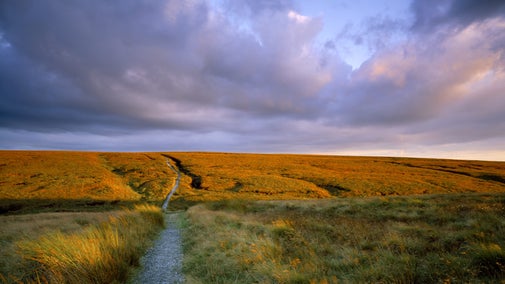
Push yourself on this 8-mile circular trail which will take you above the Wessenden Valley and show you the moorland plants and birds that make the area internationally important.

Take a linear walk up the Wessenden Valley. Stride out along the track to explore this beautiful valley and discover four reservoirs along the route.
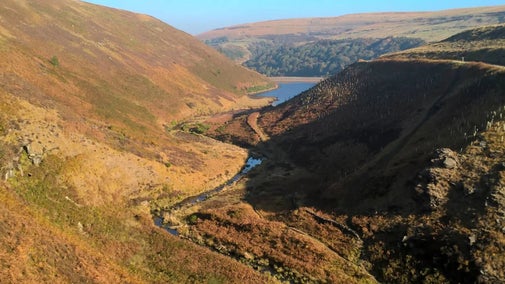
A moderate 4½-mile walk that meanders up onto the moors with far-reaching views following the Deer Hill conduit.
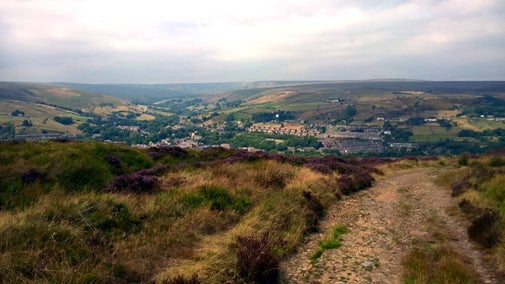
See magnificent moorland views and find out more about the rich history of Marsden Moor on this bracing 10-mile walk.

See the beautiful countryside and wild rugged scenery of Marsden Moor. With over 5000 acres of moorland to explore, it offers you the perfect opportunity to get away from it all.
Explore a landscape steeped in history from pre-historic times to trans-Pennine transport routes.
Marsden Moor is designated as a Site of Special Scientific Interest, a Special Protection Area and Special Area of Conservation due to the ground nesting bird population and blanket bog habitat.
Learn how National Trust rangers and volunteers are working to care for Marsden Moor by restoring peat, removing invasive species and minimising the risk of floods and fires.

Learn how uplands are being restored with ambitious woodland creation, peatland restoration and natural flood management, by the National Trust and partners.

Healthy peatlands are vital for our environment, with the peat on Marsden Moor holding over 1 million tons of carbon, it is crucial that we keep the carbon in the ground and make sure peatlands thrive. Discover more about Eyes on the Bog and how it can help us to monitor the health of Marsden Moor.
Discover the work we’ve been doing to restore Marsden Moor following a series of devastating fires and learn fire-prevention tips to help us keep the moorland safe.

Find out how you can apply to volunteer on Marsden Moor and the roles available, from helping the rangers to repair footpaths, to leading guided walks across the moorland.
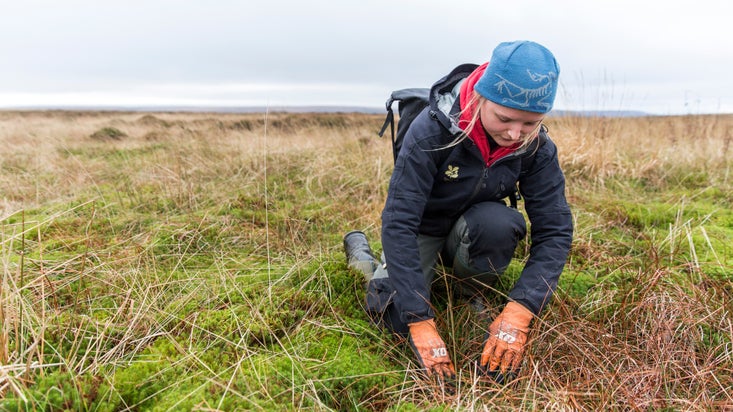

Join today and help protect nature, beauty and history – for everyone, for ever. Enjoy access to more than 500 places with National Trust membership.
By sharing your email address you’re agreeing to receive marketing emails from the National Trust and confirm you’re 18 years old or over. Please see our for more information on how we look after your personal data.